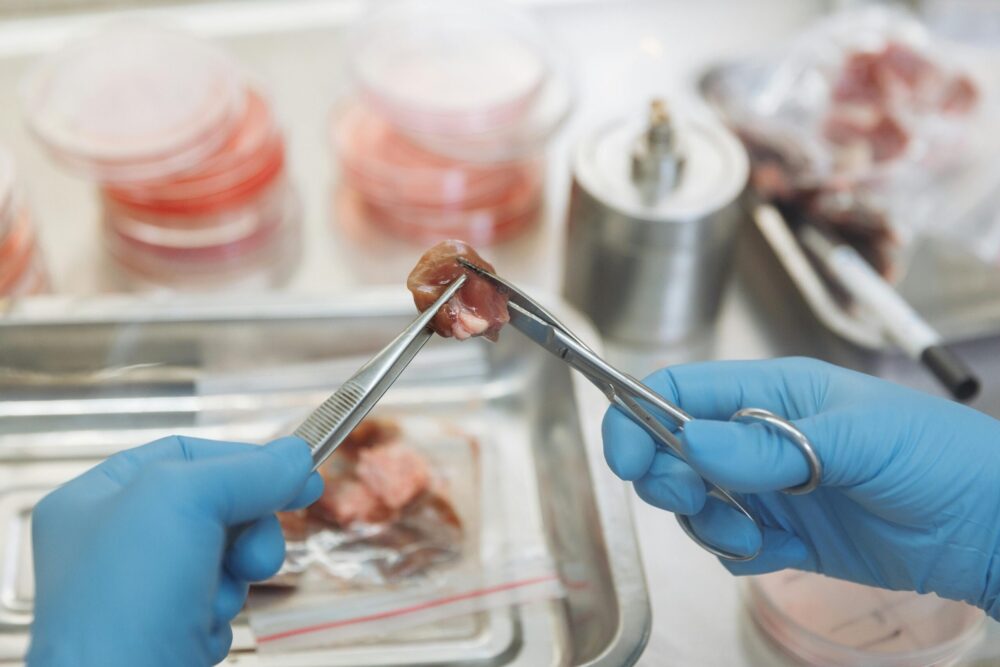OU News
News from The Open University
- Home
- Lab-grown meat: you may find it icky, but it could drive forward medical research
Lab-grown meat: you may find it icky, but it could drive forward medical research
Posted on • Science, Science, maths, computing and technology

Lab-grown meat causes heated debates. Proponents see benefits for the climate and animal welfare. Opponents worry about a Frankenstein food they regard as risky and unnatural. Whatever your opinion, the technology underpinning cultivated meat is moving fast to create large pieces of muscle tissue, says James Hague, Senior Lecturer in Theoretical Condensed Matter Physics and Biophysics at The Open University.
The fact that artificial meat starts as a living tissue means that, as it gets bigger and better, the technologies involved could have a huge impact on medical research.
Lab-grown meat is a sort of engineered tissue. It aims to replicate the meat grown in an animal by dividing a small number of animal cells to create muscle. Meat is mostly made up of muscle cells (myocytes), plus a mix of fat cells (adipocytes) and cells that add structure through materials such as collagen (known as fibroblasts).
The arrangements and proportions of these cells give meat its overall taste and texture. We call the meat grown in a bioreactor “cultivated meat”. Other common terms are “cultured meat”, “lab-grown meat” and “artificial meat”, and the production process is also called “cellular agriculture”.
Read the full article on The Conversation
Picture credit – Thirdman on Pexels